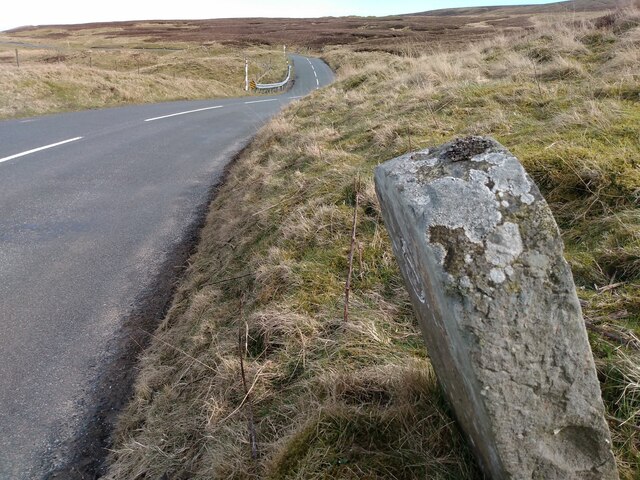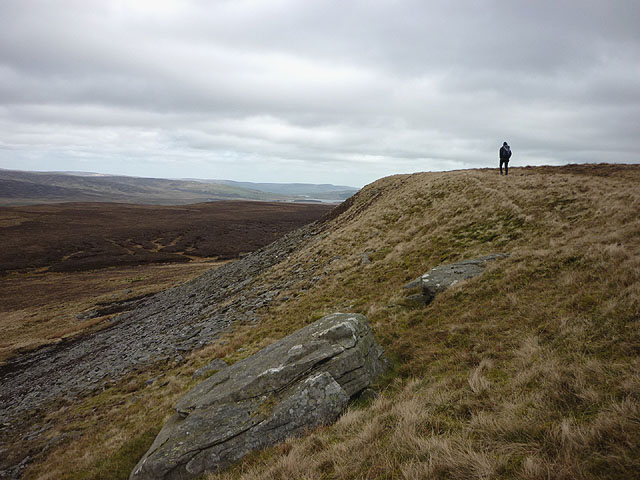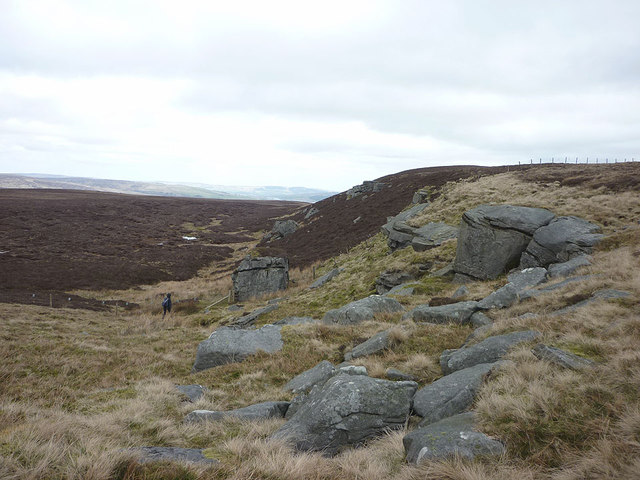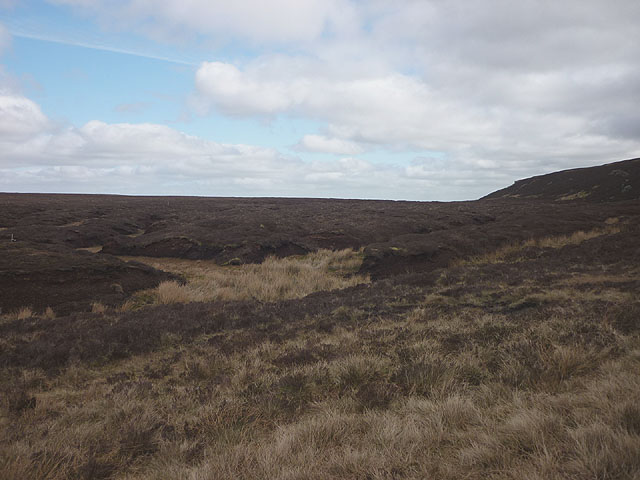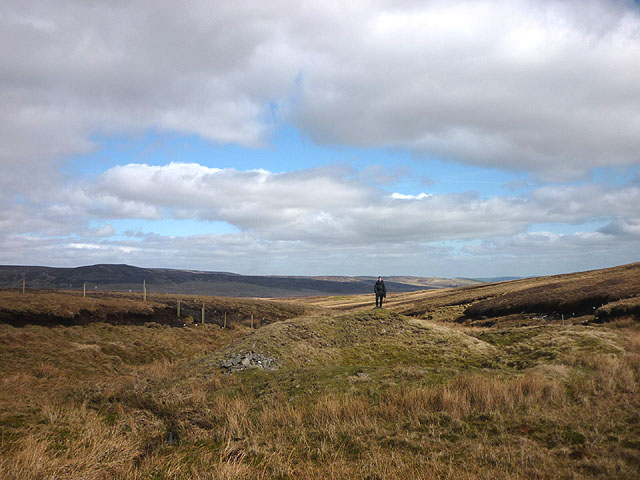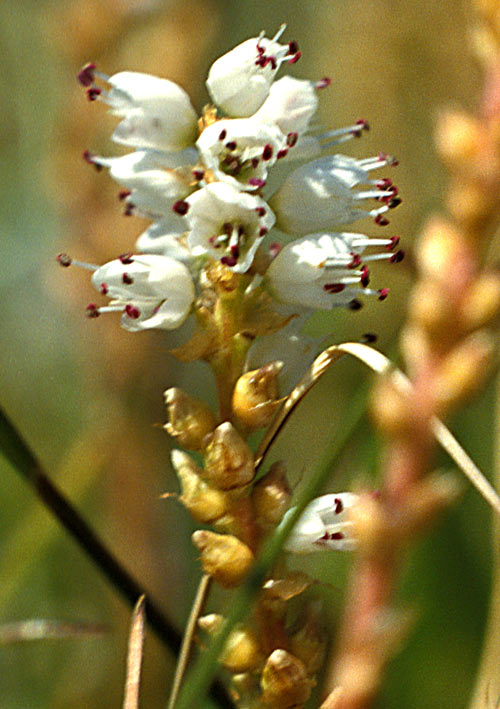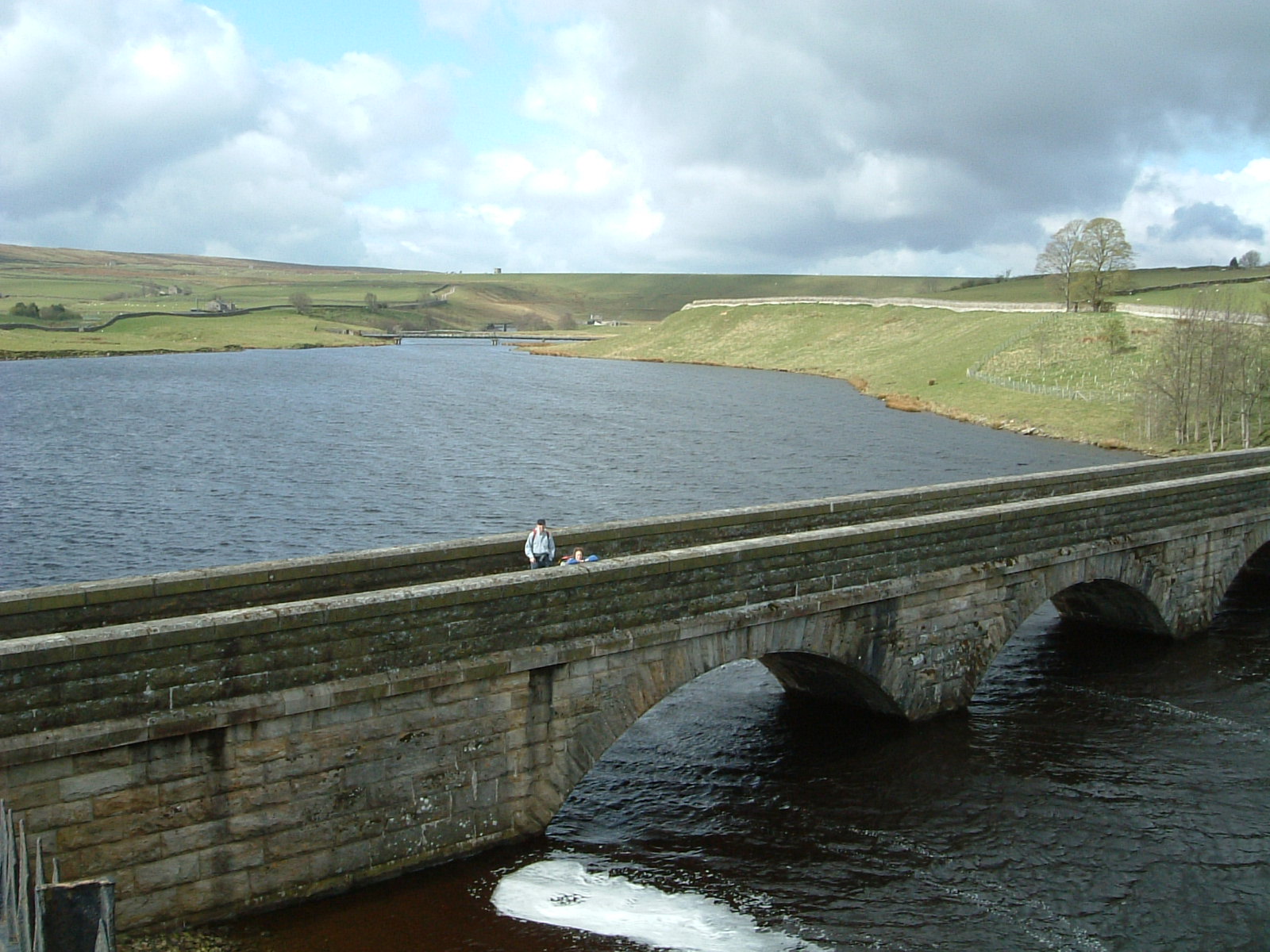Blackcrook Foot
Lake, Pool, Pond, Freshwater Marsh in Yorkshire
England
Blackcrook Foot
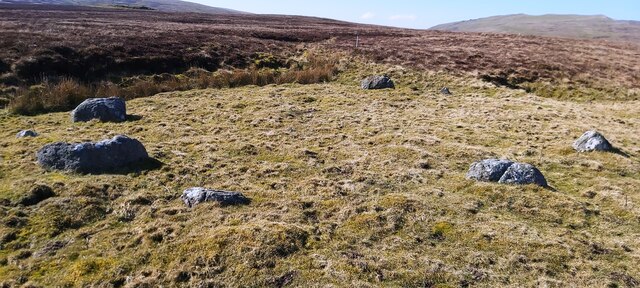
Blackcrook Foot is a picturesque freshwater marsh located in the serene countryside of Yorkshire, England. Situated amidst rolling hills and verdant landscapes, this natural gem captivates visitors with its tranquil beauty.
Covering an area of approximately 20 acres, Blackcrook Foot is a haven for various aquatic flora and fauna. The marsh is primarily fed by natural springs and rainfall, ensuring a constant supply of freshwater. The marsh is surrounded by dense vegetation, including reeds, rushes, and water lilies, which provide a thriving habitat for a diverse range of wildlife.
The centerpiece of Blackcrook Foot is a pristine lake, which spans across the marsh's heart. The lake's crystal-clear waters reflect the surrounding greenery, creating a mesmerizing sight for visitors. It is a popular spot for boating enthusiasts, who can be seen navigating the calm waters in rowboats or canoes.
The lake is also home to an array of fish species, such as perch, pike, and roach, making it a favorite destination for anglers. Fishing enthusiasts can cast their lines from the shore or rent a small boat to explore the deeper parts of the lake.
Adjacent to the lake, there is a smaller pool and pond, both teeming with abundant aquatic life. These smaller water bodies provide a breeding ground for amphibians, such as frogs and newts, adding to the marsh's ecological importance.
Blackcrook Foot, Yorkshire, offers a serene escape from the hustle and bustle of city life. Its lush marshland, pristine lake, and diverse wildlife make it a haven for nature lovers and a valuable ecosystem for the region.
If you have any feedback on the listing, please let us know in the comments section below.
Blackcrook Foot Images
Images are sourced within 2km of 54.567009/-2.2327016 or Grid Reference NY8519. Thanks to Geograph Open Source API. All images are credited.
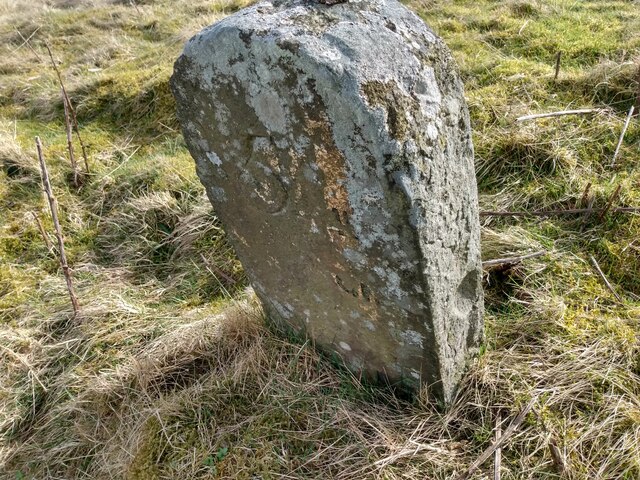
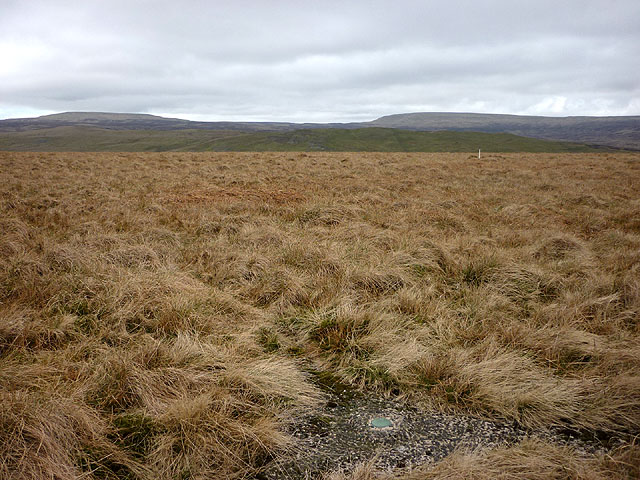
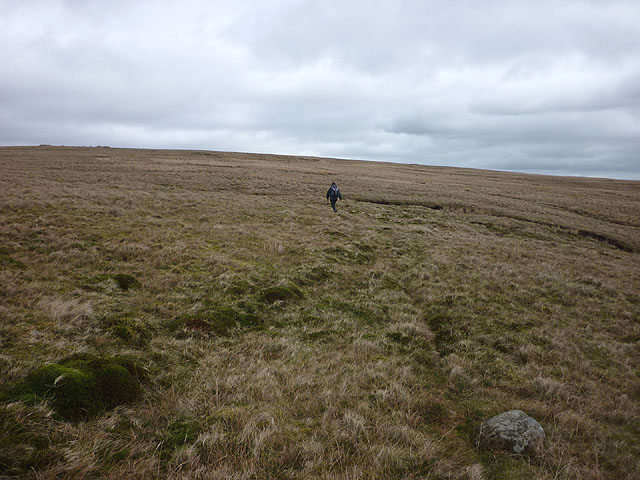
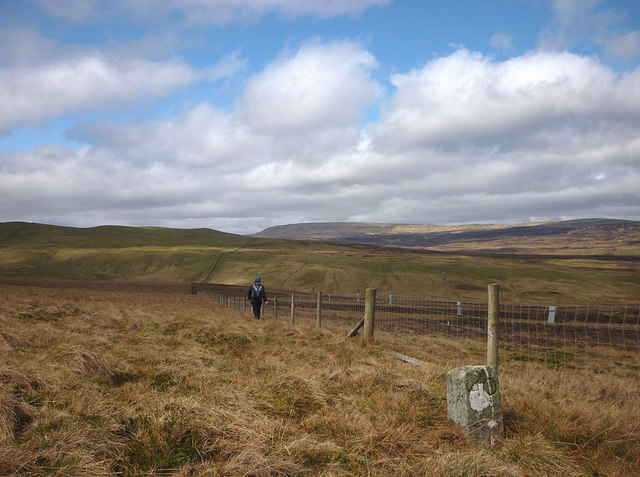

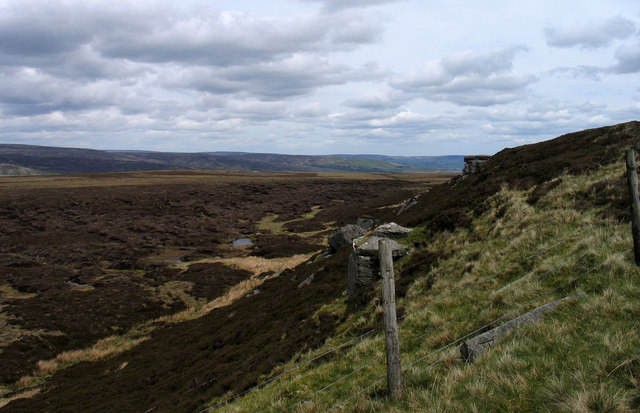
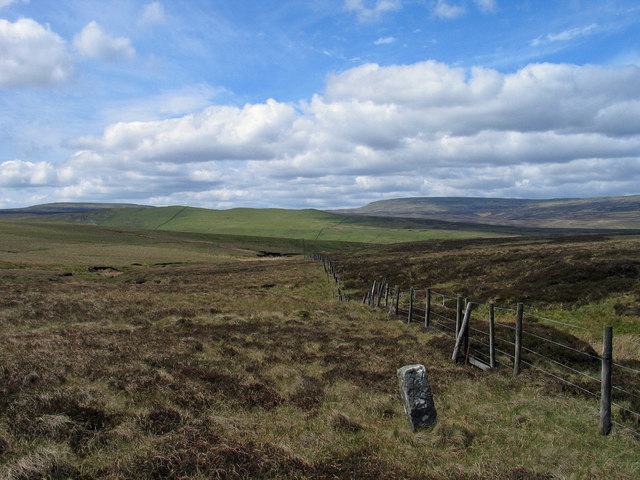
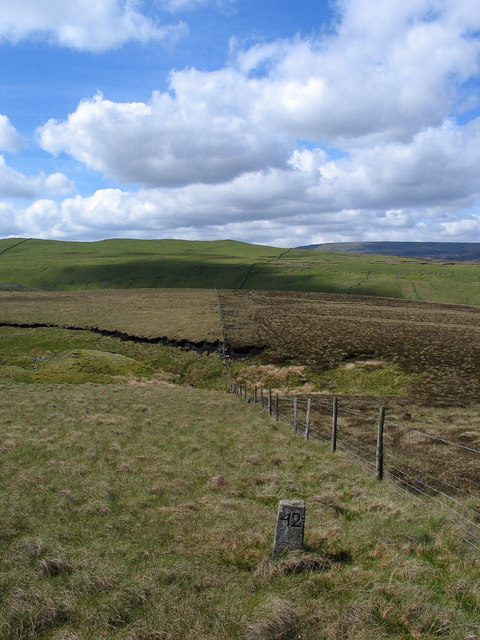
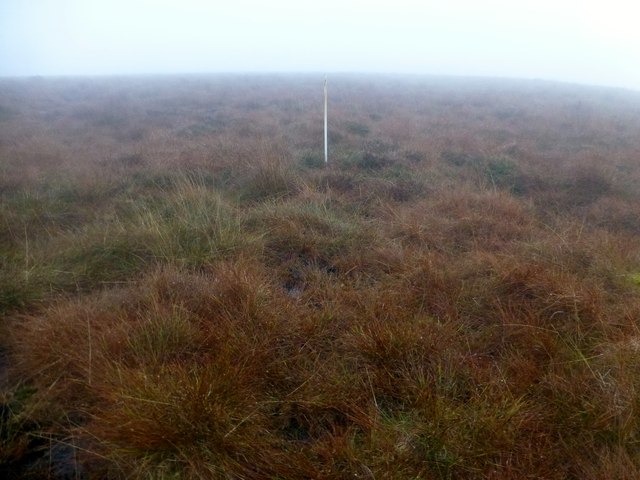

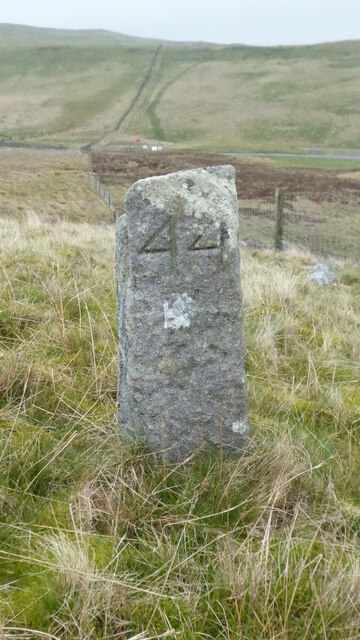
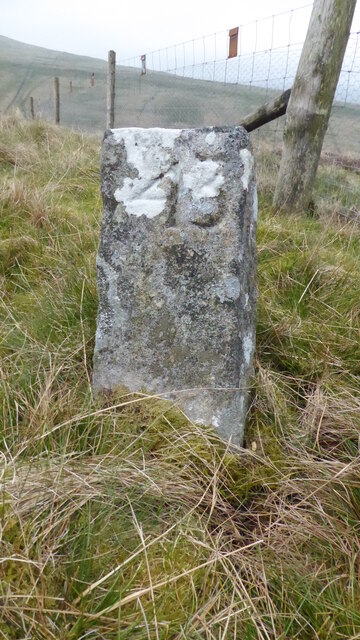
Blackcrook Foot is located at Grid Ref: NY8519 (Lat: 54.567009, Lng: -2.2327016)
Division: North Riding
Unitary Authority: County Durham
Police Authority: Durham
What 3 Words
///optimally.sedated.likening. Near Holwick, Co. Durham
Nearby Locations
Related Wikis
Foster's Hush
Foster's Hush is a Site of Special Scientific Interest in the Teesdale district of west County Durham, England. It is located in the valley of Lune Head...
Lune Forest
Lune Forest is a Site of Special Scientific Interest covering an extensive area of moorland in the Teesdale district of west Durham, England. In the north...
Grains o' th' Beck Meadows
Grains o' th' Beck Meadows is a Site of Special Scientific Interest in the Teesdale district of south-west County Durham, England. It consists of three...
Close House Mine
Close House Mine is a Site of Special Scientific Interest in the Teesdale district of west County Durham, England. It is a working opencast mine located...
Lunedale
Lunedale is the dale, or valley, of the River Lune, on the east side of the Pennines in England, west of Middleton-in-Teesdale. Its principal settlements...
A66 road
The A66 is a major road in Northern England, which in part follows the course of the Roman road from Scotch Corner to Penrith. It runs from east of Middlesbrough...
Stainmore
Stainmore is a remote geographic area in the Pennines on the border of Cumbria, County Durham and North Yorkshire. The name is used for a civil parish...
Battle of Stainmore
The Battle of Stainmore was probably fought between the Earldom of Bernicia, led by Oswulf, and the forces of the last Norse king of Jórvík (York), Eric...
Have you been to Blackcrook Foot?
Leave your review of Blackcrook Foot below (or comments, questions and feedback).
